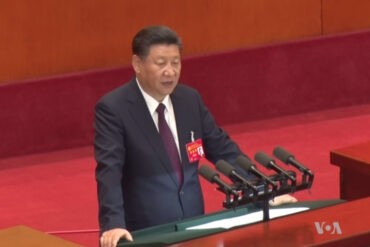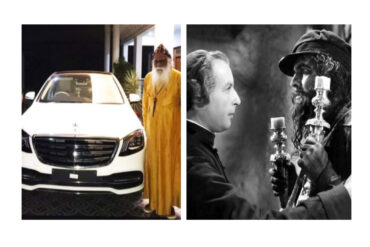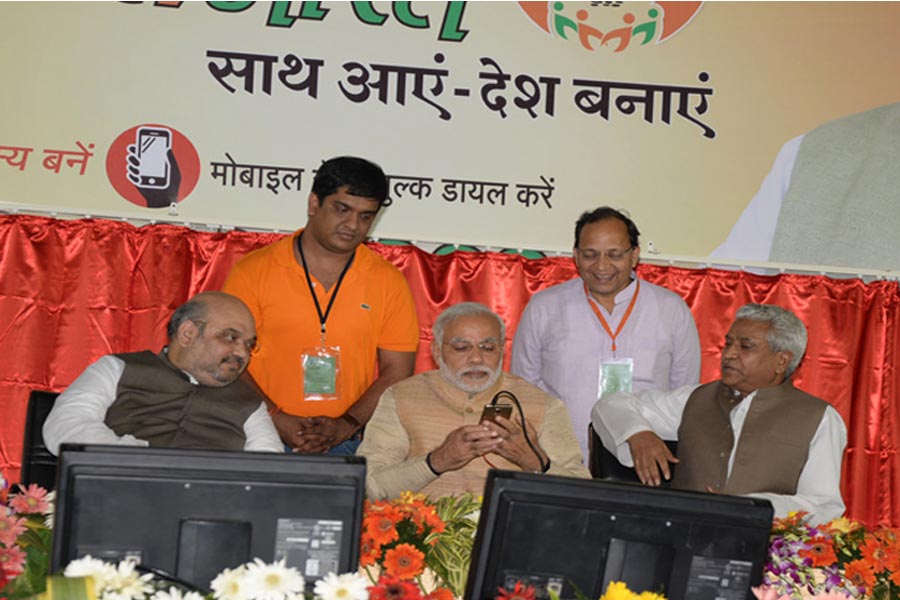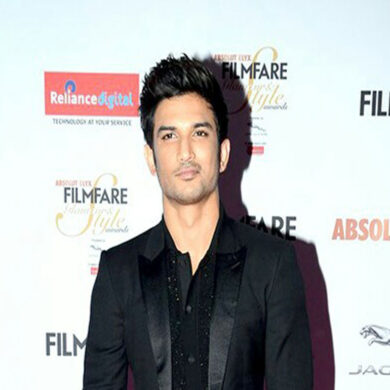Ever since the installation of a Shiv Sena-NCP-Congress coalition government in Maharashtra, there have been discussions on BJP’s shrinking footprint across the country compared to last year—when the BJP/allied states touched 21. Presently, it has dipped to 18 states—including Tamil Nadu, Sikkim and Mizoram. It is true that these three states have no BJP ministers but the ruling parties of these states—AIADMK of Tamil Nadu, Sikkim Krantikari Morcha (SKM) of Sikkim and Mizo National Front of Mizoram—are still close to the BJP.
It can’t be denied that in the last one year, NDA controlled states dipped with BJP ruling only three large states—Uttar Pradesh, Gujarat and Karnataka, which is again dependent on this month’s by-election results of 15 assembly seats. The saffron party has lost larger states like Madhya Pradesh, Rajasthan and Maharashtra in the interim.
However, this is just one side of the picture. Take Maharashtra, BJP, which has been outmanoeuvred by the arithmetic of the Shiv Sena, NCP and Congress combine, is still the largest party in the assembly with 105 seats with a vote share of around 26 per cent. Although the vote share of the three parties is individually less than BJP, but taken together, the figure reaches 49 per cent—almost twice the BJP’s percentage.
But one shouldn’t forget what happened in the Lok Sabha polls this year when arithmetic of SP-BSP alliance in Uttar Pradesh or Congress-JDS alliance in Karnataka had to bite the dust against BJP’s political tide. Remember, the Congress-JDS alliance or SP-BSP combine came into existence only to defeat the BJP putting their rivalries aside. But they failed to get success electorally—as these parties failed to transfer their traditional voters to their new found allies, and also because, people vote differently in the Lok Sabha elections.
Such alliances, often formed by parties of different ideological persuations, fail to continue for long. The same could apply for the Maha Vikas Aghadi of Maharashtra where the Shiv Sena, which has clearly stated that it hasn’t diluted its Hindutva agenda, is totally on the opposite ideological pole in comparison to the Congress and the NCP. Though they have a Common Minimum Program, there are doubts that this alliance will continue for five years.
Not to forget that the vote share of the three parties is more or less same. So, for how long will NCP and Congress play the role of second fiddle to the Sena? The answer is—not for long. For the NCP and the Congress, Uddhav Thackrey’s Shiv Sena is just a pawn to keep BJP out of power and, in the meantime, their aim is to strengthen their own party organisations by sharing power—even if it means playing second role temporarily to the ideologically opposed Sena.
Besides this, no one can ignore the fact that BJP has expanded its wings from north to west to east—Odissa and West Bengal and even in the south. In the two eastern states of Odisha and West Bengal, BJP has emerged as the main opponent, which once was considered a negligible player.
Some may say that the recent results of by-elections in West Bengal show the initialization of BJP’s decline there. But, here is a fact that must be stated is that in the upcoming 2021 state elections of West Bengal: the main factor would be the anti-incumbency against Trinamool supremo and Chief Minister Mamata Banerjee, with the BJP’s campaign led by none other than Prime Minister Narendra Modi, aided by his right hand, home minister Amit Shah, also BJP president.
Remember that in 2014 in Maharashtra, Haryana and Jharkhand and in 2017, in Uttar Pradesh and Uttarakhand, BJP didn’t project any state leader and the electoral campaign was centralised on Modi and it did paid rich dividends too. The reason was that the BJP never came to power in these states on its own or was in power many years ago. This puts BJP in favourable place in West Bengal—as it hasn’t yet been tested by the people of the state.
So, it would be highly incorrect to draw conclusions that the heydays of BJP are over at a time when its core agenda—revoking of special status of Jammu and Kashmir (Article 370) or building of Lord Ram Temple in Ayodhya—has been widely accepted by voters cutting across party lines and regions.
Also let’s not forget that Modi still remains the most popular leader even as BJP is spreading its foothold across all the regions of the country. Another significant take is that the Indian voters are now able to differentiate among by-elections, state elections and Lok Sabha elections than in the past.







